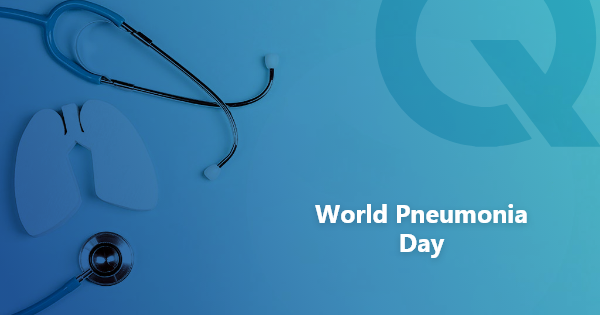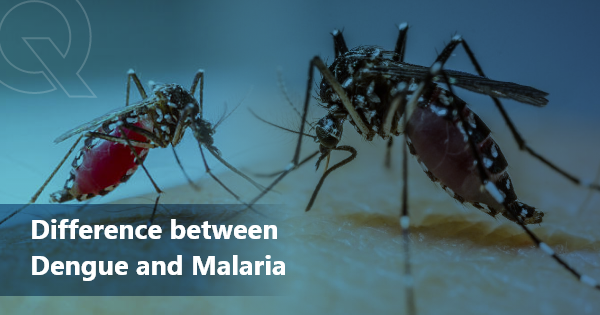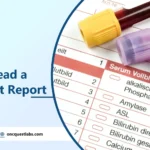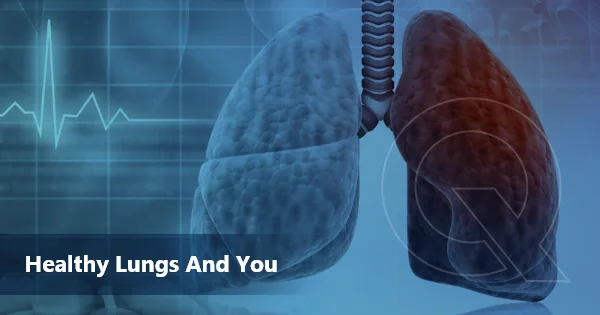~Dr. Shivali Ahlawat, Oncquest Laboratories Ltd,
Head- National Reference Laboratory, Gurugram & Head- East & South Regional Labs~
Established in 2009 by the global coalition against child pneumonia under the Stop Pneumonia Initiative, ‘World Pneumonia Day’ is observed on November 12 each year, and it is dedicated to raising awareness among people about the importance of standing together and demanding action in the battle against this disease.
Pneumonia is the leading infectious killer of children and adults worldwide. On average, it kills more children than the total mortality rate of AIDS, measles, and malaria combined. The absence of oxygen in the lungs makes us understand how vital oxygen is to our bodies — and makes lung health a global issue.
This disease is a bacterial, viral, or fungal infection of one or both lungs. The infection causes inflammation in the lungs’ air sacs, known as alveoli. The alveoli filled with fluid or pus make breathing difficult.
Pneumonia can be classified into basic types-
- Bacterial Pneumonia
Bacterial pneumonia, the most frequent variety, is more stressful than other types of pneumonia, with symptoms that necessitate medical attention. Bacterial pneumonia symptoms can appear gradually or unexpectedly. Fever can reach 105 degrees F, with copious sweating and rapidly increased respiration and pulse rate. Lips and nailbeds may seem blue due to a lack of oxygen in the blood. The mental condition of a patient may be confused or delirious.
- Viral Pneumonia
Symptoms of viral pneumonia typically appear over several days. The first symptoms are similar to those of influenza: fever, a dry cough, headache, muscle discomfort, and weakness. Within a day or two, the symptoms usually worsen, with a worsening cough, shortness of breath, and muscle soreness. There could be a high fever and blueness of the lips.
Remember, viral and bacterial pneumonia are both infectious. This means that they can be passed from person to person via inhalation of airborne droplets from a sneeze or cough. These types of pneumonia can also be contracted by coming into touch with surfaces or objects contaminated with pneumonia-causing bacteria or viruses.
Symptoms of Pneumonia
Pneumonia symptoms can range from so minor that you scarcely notice them to so severe that you need to be hospitalized. The way your body reacts to pneumonia is determined by the type of germ that caused the infection, your age, and your overall health.
Pneumonia symptoms may include: —
-Cough, which may produce greenish, yellow, or even bloody mucus.
-Fever, sweating, and chills that shake
-Breathing problems -rapid, shallow breathing
-Sharp or stabbing chest pain that worsens when you cough or breath deeply
-Appetite loss, low energy, and lethargy
-Nausea and vomiting, particularly in young children
Tests to diagnose Pneumonia
As the symptoms of pneumonia are so diverse, they are frequently confused with those of a cold or influenza. Your doctor will confirm your medical history, perform a physical exam, conduct certain tests to diagnose pneumonia, and try to identify the bacterium that is causing the sickness.
During the physical examination, your doctor will listen to your lungs using a stethoscope. When you breathe in, your lungs may generate crackling, bubbling, or rumbling sounds if you have pneumonia.
If your doctor suspects you have pneumonia, he or she will order several tests to ensure diagnosis and learn more about your infection which will include blood tests, chest X-ray, and sputum test. In addition, if you are a high-risk patient due to your age and overall health, or if you are hospitalized, the doctors may wish to perform certain extra tests, such as a CT scan and an arterial blood gas test.
Conclusion
Moreover, on World Pneumonia Day, people should unite together to realize how important oxygen is for us and what can be done to combat pneumonia. As respiratory illnesses are so prevalent right now, World Pneumonia Day is very important and demands the need to create more awareness about the same.





